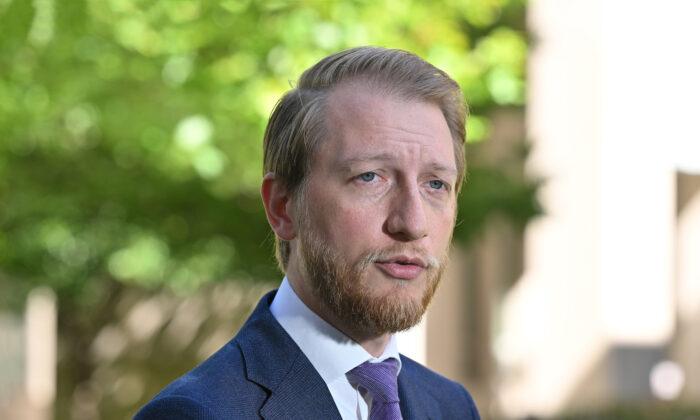Recorded cases of dementia, as well as deaths and prescriptions for the disease, are on the rise across Australia as the nation grapples with the effects of an ageing population.
Prescriptions for dementia drugs have increased 46 percent in a decade.
A total of 688,000 dementia medication prescriptions were dispensed to around 72,400 Australians aged 30 and over in 2022–23, compared to 472,000 scripts dispensed in 2013–14.
According to Dementia Australia, more than 100 different diseases can lead to dementia, with the disease commonly associated with Alzheimer’s disease.
While it mainly affects the aged, various forms of dementia can also affect children and younger people, depending on the cause.
Dementia is currently the second leading cause of death in Australia behind heart disease, with reported deaths from dementia rising steadily from 8,500 in 2009 to 17,899 in 2022.
The AIHW says improved reporting systems and greater dementia awareness could influence numbers. Nonetheless, figures for dementia deaths in Australia remain high.
Aged Care Demand
The report’s findings add weight to an already burgeoning aged care system in Australia, with Prime Minister Anthony Albanese recently unveiling a $10 billion (US$6.7 billion) aged care overhaul.Figures released by the Australian Bureau of Statistics in July showed that 17.1 percent of Australians were aged over 65.
The number of Australians older than 85 will triple over the next four decades.
Aged care is one of the biggest pressures on the budget, and without action, spending is expected to more than double as a share of GDP over the next 40 years.
The reforms, announced on Sept. 13, will invest more in-home care support to allow older people to stay home for longer.
The move could benefit aged care facilities by freeing up care for dementia sufferers who often have to move to monitored facilities.
In 2021–22, more than 242,000 people were living in permanent residential aged care, and more than half (54 percent or about 131,000) of these people had dementia.







